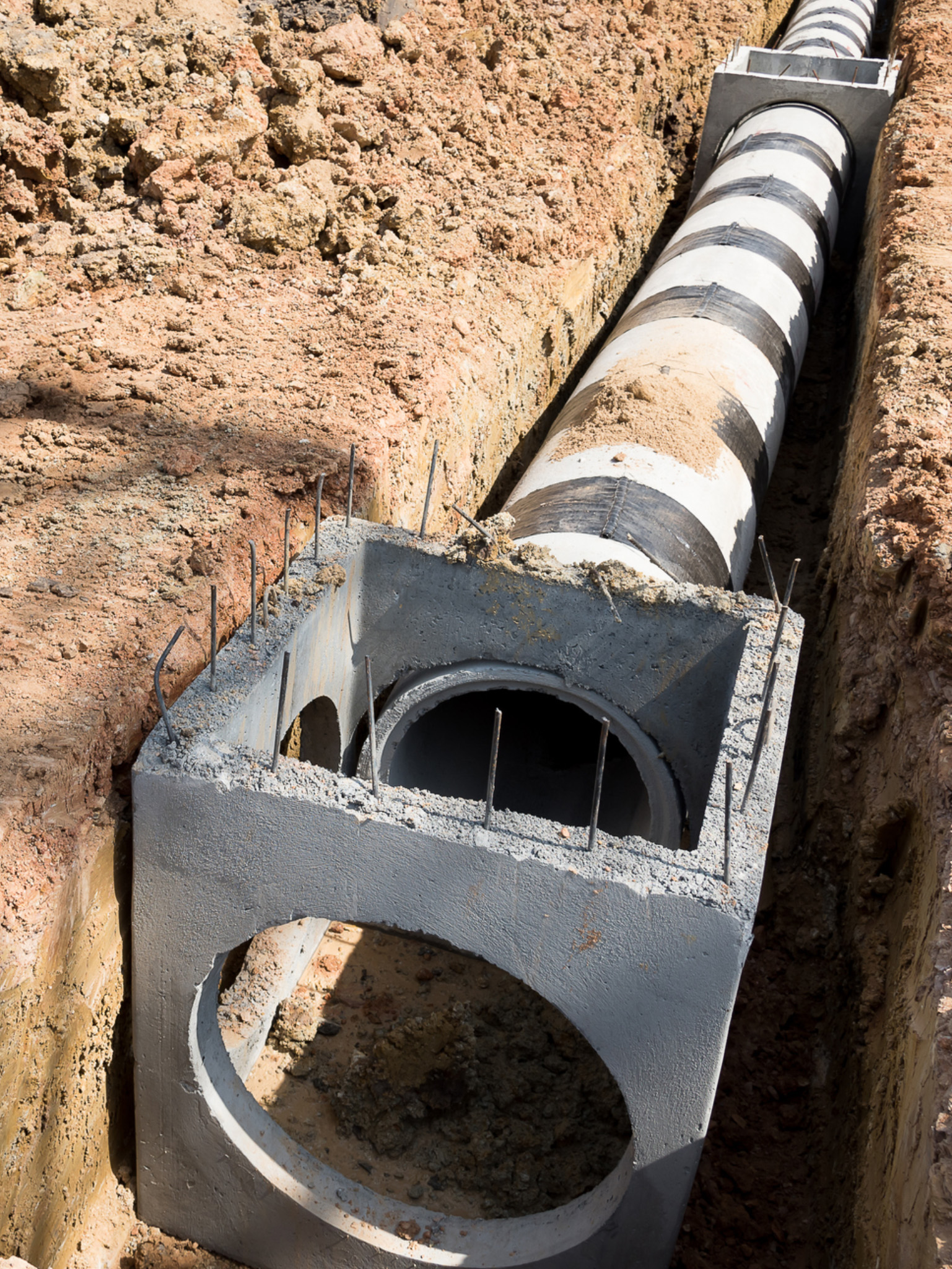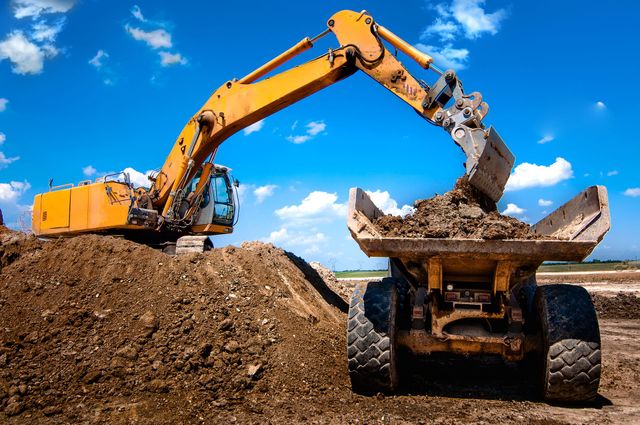Professional Septic Ohio - Relied On Septic Tank Professionals in Ohio
Professional Septic Ohio - Relied On Septic Tank Professionals in Ohio
Blog Article
Revealing the Art of Excavation: Pro Tips for Safe and Efficient Digging
In the realm of excavation, the mastery of efficient and risk-free digging is an art kind that calls for precision, adherence, and knowledge to well-known techniques. As soil is transformed and planet is moved, the complexities of excavation disclose themselves, requiring a keen understanding of tools, soil composition, safety procedures, and ecological factors to consider. The competence needed to navigate these components efficiently can suggest the distinction between a successful excavation task and a prospective disaster. By deciphering the layers of this intricate procedure, a world of understandings and methods awaits those seeking to elevate their excavation skills to new heights.
Importance of Proper Devices
To guarantee the safety and security and efficiency of any excavation task, making use of the ideal devices is critical. Excavation tasks differ in range and complexity, varying from small household landscaping jobs to massive building and construction endeavors.
Excavators are fundamental items of machinery in any kind of excavating procedure. These versatile makers can be found in numerous dimensions to suit different task requirements. Tiny excavators are ideal for smaller jobs, while larger excavators tackle more considerable tasks successfully. Backhoes are another essential equipment kind, integrating the functions of a loader and an excavator in one machine. They are useful for jobs calling for convenience and ability to move.
Bulldozers succeed in tasks that require pressing large amounts of dirt or particles. By spending in the suitable equipment, excavation tasks can be completed safely, on time, and with accuracy.
Understanding Soil Structure
A comprehensive understanding of soil structure is basic for performing excavation tasks with accuracy and safety. Understanding the different sorts of soil is important as it directly influences excavation approaches, tools selection, and overall job performance. Dirt composition commonly contains 4 primary elements: sand, silt, clay, and natural issue. Each element has distinct homes that affect exactly how soil responds to excavation procedures.
Silt fragments are smaller than sand however larger than clay, providing moderate drain and communication. Organic issue, such as decaying plant product, impacts dirt fertility and stability.
Prior to commencing excavation, performing soil tests to determine its structure and qualities is necessary. This information helps in selecting the ideal equipment, implementing safety steps, and creating excavation techniques customized to the details dirt problems - septic ohio. By understanding dirt structure, excavation specialists can improve job end results while making sure safety and security and adherence to finest methods
Precaution and Procedures
Recognizing dirt structure is the foundation whereupon precaution and procedures for excavation tasks are built, making certain the health of workers and the success of the venture. There are numerous key steps that should be applied to alleviate dangers and prevent crashes. when it comes to safety throughout excavation.
First and foremost, prior to any excavating starts, an extensive examination of the website need to be Our site performed to recognize any kind of possible hazards such as underground utilities, unpredictable dirt problems, or neighboring structures that might posture a danger. It is critical to have a proficient individual look after the excavation process to guarantee that all safety procedures are complied with purely.
Furthermore, all workers included in the excavation must be properly trained in safe digging practices and the correct procedure of equipment. By sticking to these safety and security steps and procedures, excavation jobs can be completed effectively and without event.
Efficient Excavation Planning
When embarking on an excavation job, thorough preparation is vital to guarantee performance, safety and security, and effective results. Effective excavation planning includes a number of key actions that are essential for the smooth execution of the task.
As soon as the website evaluation is total, the next action is to develop a clear timeline and timetable for the excavation tasks. This consists of determining the series of tasks, equipment requirements, and manpower allowance. Proper organizing aids avoid delays and guarantees that the task remains on track.

Furthermore, interaction amongst all staff member is extremely important during the preparation phase. Clear instructions, routine site updates, and reliable control are crucial for a successful excavation task. By investing effort and time in careful preparation, excavation groups can significantly boost performance, lessen dangers, and accomplish successful outcomes.

Managing Ecological Factors To Consider
With increasing focus on ecological sustainability in construction practices, managing ecological factors to consider has come to be a crucial facet of excavation jobs. Excavation tasks have the potential to influence the surrounding environment with dirt disintegration, sediment overflow, environment disturbance, and contamination of water resources. To mitigate these risks, it is necessary to implement ideal methods that focus on environmental protection.

Moreover, appropriate waste investigate this site administration is essential to avoid dirt and water contamination. Implementing procedures for the disposal of unsafe materials, recycling of waste products, and lessening using hazardous chemicals can substantially lower the environmental effect of excavation jobs. By integrating these practices right into excavation preparation and implementation, building and construction companies can make certain that their tasks are not just risk-free and productive but also environmentally accountable.
Conclusion
In conclusion, grasping the art of excavation requires a thorough understanding of appropriate equipment, soil composition, safety steps, and efficient preparation. By following these standards and taking into consideration environmental variables, excavations can be conducted securely and effectively. It is critical to focus on security and performance in every digging project to make sure successful results.
As dirt is transformed and planet is moved, the details of excavation expose themselves, demanding an eager understanding of equipment, dirt make-up, security methods, and environmental factors to consider.To make certain the safety and security and effectiveness of any excavation job, utilizing the suitable equipment is critical.A comprehensive understanding of dirt make-up is essential for executing excavation jobs with accuracy and safety. Understanding the different types of dirt is important as it straight affects excavation methods, tools option, and overall task efficiency. By understanding dirt make-up, excavation experts can improve job end results while ensuring safety and adherence to best methods.
Report this page